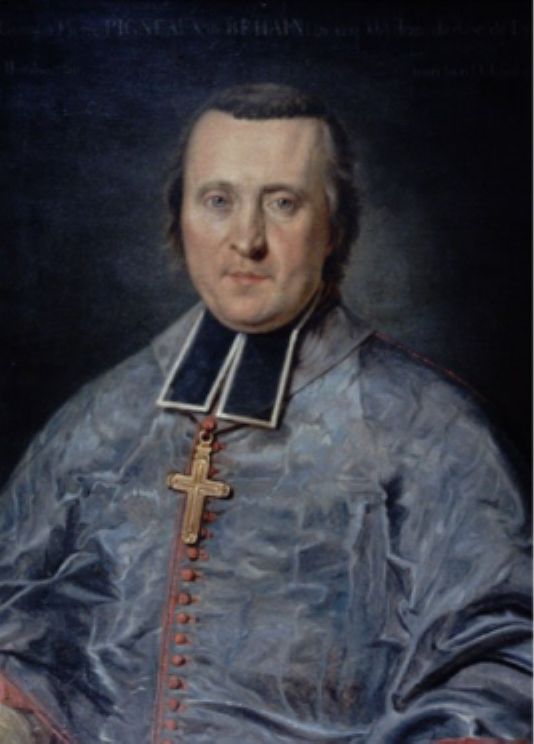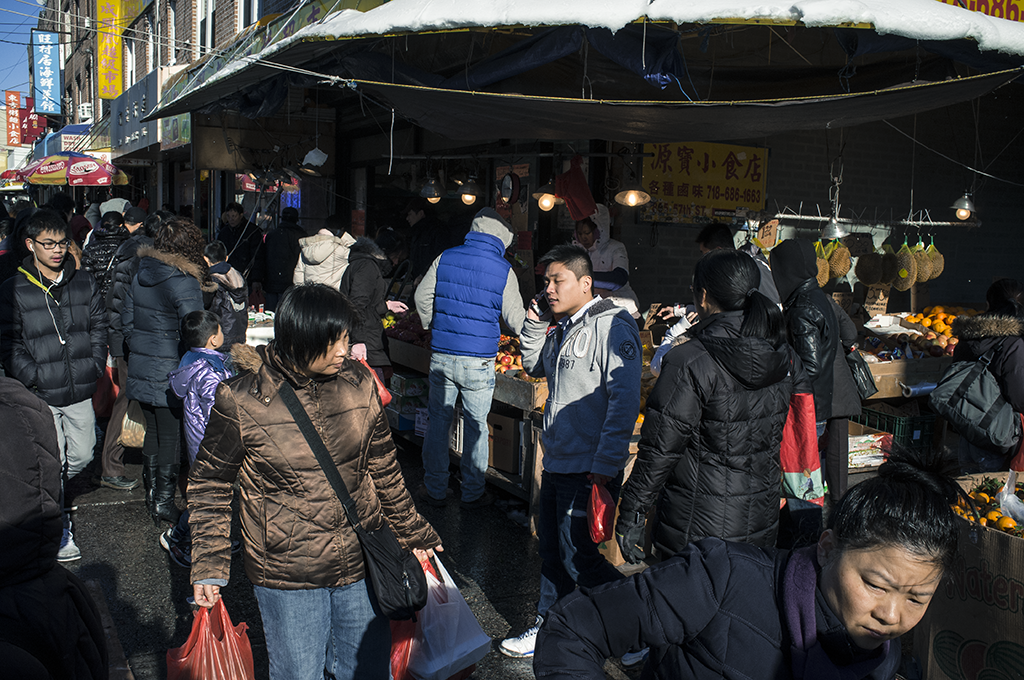|
Chinese In Cambodia
Chinese Cambodians (or Sino-Khmers) are Cambodian citizens of Chinese ancestry or Chinese of full or partial Khmer ancestry. The Khmer term ''Khmer Kat Chen'' () is used for people of mixed Chinese and Khmer descent; ''Chen Khmer'' () means Cambodian-born citizen with ancestry from China. The Khmer constitute the largest ethnic group in Cambodia among whom ''Chen'' means "Chinese". Contact with the Chinese people such as envoys, merchants, travelers and diplomats who regularly visited Indochina verifiably existed since the beginning of the common era. However, the earliest record of a Chinese community in Cambodia dates to the 13th century. Chinese Cambodians also play a leading role in Cambodia's business sector and dominate the Cambodian economy today. In addition, Chinese Cambodians have a strong presence in Cambodia's political scene with many high ranking government officials and much of the country's political elite being of Chinese ancestry. History Early records The ... [...More Info...] [...Related Items...] OR: [Wikipedia] [Google] [Baidu] |
Confucianism
Confucianism, also known as Ruism or Ru classicism, is a system of thought and behavior originating in ancient China, and is variously described as a tradition, philosophy, Religious Confucianism, religion, theory of government, or way of life. Founded by Confucius in the Hundred Schools of Thought era (c. 500 BCE), Confucianism integrates philosophy, ethics, and social governance, with a core focus on virtue, Harmonious Society, social harmony, and Filial piety, familial responsibility. Confucianism emphasizes virtue through self-cultivation and communal effort. Key virtues include ''Ren (philosophy), ren'' (benevolence), ''Yi (philosophy), yi'' (righteousness), ''Li (Confucianism), li'' (propriety), ''Wisdom, zhi'' (wisdom), and ''Xin (virtue), xin'' (sincerity). These values, deeply tied to the notion of ''tian'' (heaven), present a worldview where human relationships and social order are manifestations of sacred moral principles.. While Confucianism does not emphasize an ... [...More Info...] [...Related Items...] OR: [Wikipedia] [Google] [Baidu] |
Gia Long
Gia Long (Chữ Hán, Chữ hán: 嘉隆) ( (''Hanoi, North''), (''Ho Chi Minh City, South''); 8 February 1762 – 3 February 1820), born Nguyễn Phúc Ánh (阮福暎) or Nguyễn Ánh (阮暎), was the founding emperor of the Nguyễn dynasty, the last List of Vietnamese dynasties, dynasty of Vietnam, which would rule the unified territories that constitute modern-day Vietnam until 1945. A nephew of the last Nguyễn lords, Nguyễn lord who ruled over Đàng Trong, south Vietnam, Nguyễn Ánh was forced into hiding in 1777 as a 15-year-old when his family was slain in the Tây Sơn Tây Sơn wars, revolt. After several changes of fortune in which his loyalists regained and again lost Saigon, he befriended the French Catholic Church, Catholic Bishop Pierre Pigneau de Behaine. Pigneau championed Nguyễn Ánh's cause to regain the throne to the French government and managed to recruit volunteer; however, that soon fell through. From 1789, Nguyễn Ánh was once again in the ... [...More Info...] [...Related Items...] OR: [Wikipedia] [Google] [Baidu] |
Indochina
Mainland Southeast Asia (historically known as Indochina and the Indochinese Peninsula) is the continental portion of Southeast Asia. It lies east of the Indian subcontinent and south of Mainland China and is bordered by the Indian Ocean to the west and the Pacific Ocean to the east. It includes the countries of Cambodia, Laos, Myanmar, Singapore, Thailand and Vietnam as well as Peninsular Malaysia. The term ''Indochina'' (originally ''Indo-China'') was coined in the early nineteenth century, emphasizing the historical cultural influence of Indian and Chinese civilizations on the region. The term was later adopted as the name of the colony of French Indochina (present-day Cambodia, Laos, and Vietnam). Today, the term "Mainland Southeast Asia" is more commonly used, in contrast to Maritime Southeast Asia for the island groups off the coast of the peninsula. Terminology In Indian sources, the earliest name connected with Southeast Asia is . Another possible early name of ma ... [...More Info...] [...Related Items...] OR: [Wikipedia] [Google] [Baidu] |
Mac Cuu
Mac or MAC may refer to: Common meanings * Mac (computer), a line of personal computers made by Apple Inc. * Mackintosh, a raincoat made of rubberized cloth * Mac, a prefix to surnames derived from Gaelic languages * McIntosh (apple), a Canadian apple cultivar Arts and entertainment Fictional entities * Mac (''Green Wing''), a television character * Mac (''It's Always Sunny in Philadelphia''), a television character * Mac Gargan, an enemy of Spider-Man * Mac, a character on ''Foster's Home for Imaginary Friends'' * Angus "Mac" MacGyver, from the television series ''MacGyver'' * Cindy "Mac" Mackenzie, from the TV series ''Veronica Mars'' * Lt. Col. Sarah MacKenzie, from the TV series ''JAG'' * Dr. Terrence McAfferty, from Robert Muchamore's ''CHERUB'' and ''Henderson's Boys'' novel series * Mac McAnnally, in ''The Dresden Files'' series * Randle McMurphy, in the movie ''One Flew Over the Cuckoo's Nest'' * Mac Taylor, from the TV series ''CSI: NY'' * Mac, a canine charact ... [...More Info...] [...Related Items...] OR: [Wikipedia] [Google] [Baidu] |
Ming Dynasty
The Ming dynasty, officially the Great Ming, was an Dynasties of China, imperial dynasty of China that ruled from 1368 to 1644, following the collapse of the Mongol Empire, Mongol-led Yuan dynasty. The Ming was the last imperial dynasty of China ruled by the Han people, the majority ethnic group in China. Although the primary capital of Beijing fell in 1644 to a rebellion led by Li Zicheng (who established the short-lived Shun dynasty), numerous rump state, rump regimes ruled by remnants of the House of Zhu, Ming imperial family, collectively called the Southern Ming, survived until 1662. The Ming dynasty's founder, the Hongwu Emperor (1368–1398), attempted to create a society of self-sufficient rural communities ordered in a rigid, immobile system that would guarantee and support a permanent class of soldiers for his dynasty: the empire's standing army exceeded one million troops and the naval history of China, navy's dockyards in Nanjing were the largest in the world. H ... [...More Info...] [...Related Items...] OR: [Wikipedia] [Google] [Baidu] |
Lin Daoqian
Lin Daoqian (, Malay language, Malay: Tok Kayan, ), also written as Lim Toh Khiam and Vintoquián, was a Chinese pirate of Teochew people, Teochew origin active in the 16th century. He led pirate attacks along the coast of Guangdong and Fujian, but they were driven away by the Ming dynasty, Ming navy forces in 1563. By 1567 he was again raiding the South China coast. He later moved to South East Asia, and settled in Patani (historical region), Patani where he established a significant presence. He died in Patani. Life Lin was of Teochew people, Teochew origin, and he was described as being from either Chenghai District, Chenghai or Huilai County, Huilai in Guangdong. Later he moved to Quanzhou, Fujian. Lin was part of the Jiajing wokou raids, ''wokou'' piratical activity that plagued the Chinese coast during the reign of the Ming Jiajing Emperor (1522–1566). He attacked villages and Zhao'an County, Zhao'an with 50 ships in 1566, where he was said to have burnt hundreds of house ... [...More Info...] [...Related Items...] OR: [Wikipedia] [Google] [Baidu] |
Khmer People
The Khmer people (, Romanization of Khmer#UNGEGN, UNGEGN: , Romanization of Khmer#ALA-LC Romanization Tables, ALA-LC: ) are an Austroasiatic ethnic group native to Cambodia. They comprise over 95% of Cambodia's population of 17 million.https://web.archive.org/web/20191113151101/http://www.nis.gov.kh/nis/Census2019/Provisional%20Population%20Census%202019_English_FINAL.pdf They speak the Khmer language, which is part of the larger Austroasiatic languages, Austroasiatic language family alongside Mon language, Mon and Vietnamese language, Vietnamese. The majority of Khmer people follow Theravada, Theravada Buddhism. Significant populations of Khmers reside in adjacent areas of Thailand (Northern Khmer people, Northern Khmer) and the Mekong Delta region of neighboring Vietnam (Khmer Krom), while there are over one million Khmers in the Khmer diaspora living mainly in France, the United States, and Australia. Distribution The majority of the world's Khmers live in Cambodia, th ... [...More Info...] [...Related Items...] OR: [Wikipedia] [Google] [Baidu] |
Chinese People
The Chinese people, or simply Chinese, are people or ethnic groups identified with Greater China, China, usually through ethnicity, nationality, citizenship, or other affiliation. Chinese people are known as Zhongguoren () or as Huaren () by speakers of standard Chinese, including those living in Greater China as well as overseas Chinese. Although both terms both refer to Chinese people, their usage depends on the person and context. The former term is commonly (but not exclusively) used to refer to the citizens of the People's Republic of China—especially mainland China. The term Huaren is used to refer to ethnic Chinese, and is more often used for those who reside overseas or are non-citizens of China. The Han Chinese are the largest ethnic group in China, comprising approximately 92% of its Mainland China, Mainland population. [...More Info...] [...Related Items...] OR: [Wikipedia] [Google] [Baidu] |
Overseas Chinese
Overseas Chinese people are Chinese people, people of Chinese origin who reside outside Greater China (mainland China, Hong Kong, Macau, and Taiwan). As of 2011, there were over 40.3 million overseas Chinese. As of 2023, there were 10.5 million people living outside mainland China who were born in mainland China. Overall, China has a low percent of population List of sovereign states by immigrant and emigrant population, living overseas. Terminology () refers to people of Chinese citizenship residing outside of either the China, PRC or Republic of China, ROC (Taiwan). The government of China realized that the overseas Chinese could be an asset, a source of foreign investment and a bridge to overseas knowledge; thus, it began to recognize the use of the term Huaqiao. Ching-Sue Kuik renders in English as "the Chinese wikt:sojourner, sojourner" and writes that the term is "used to disseminate, reinforce, and perpetuate a monolithic and essentialist Chinese identity" by both t ... [...More Info...] [...Related Items...] OR: [Wikipedia] [Google] [Baidu] |
Christianity
Christianity is an Abrahamic monotheistic religion, which states that Jesus in Christianity, Jesus is the Son of God (Christianity), Son of God and Resurrection of Jesus, rose from the dead after his Crucifixion of Jesus, crucifixion, whose coming as the Messiah#Christianity, messiah (Christ (title), Christ) was Old Testament messianic prophecies quoted in the New Testament, prophesied in the Old Testament and chronicled in the New Testament. It is the Major religious groups, world's largest and most widespread religion with over 2.3 billion followers, comprising around 28.8% of the world population. Its adherents, known as Christians, are estimated to make up a majority of the population in Christianity by country, 157 countries and territories. Christianity remains Christian culture, culturally diverse in its Western Christianity, Western and Eastern Christianity, Eastern branches, and doctrinally diverse concerning Justification (theology), justification and the natur ... [...More Info...] [...Related Items...] OR: [Wikipedia] [Google] [Baidu] |







